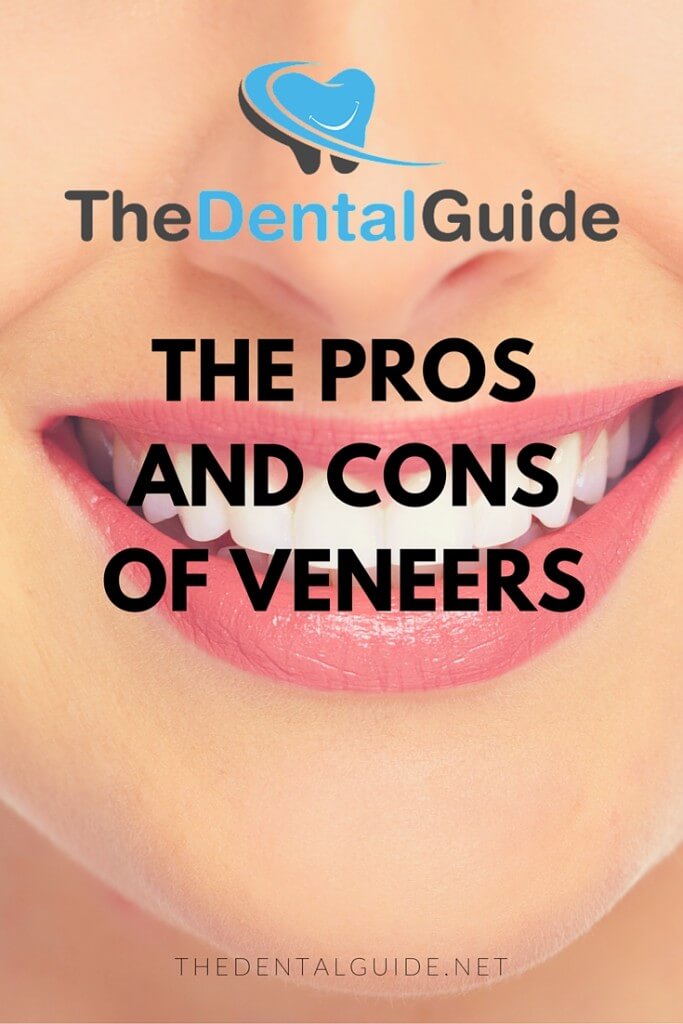Veneers are a hugely popular cosmetic dental treatment, and with good reason. Few other procedures have the potential to completely transform the look of a person’s smile quite like porcelain veneers. As with most cosmetic procedures, there comes a downside alongside the benefits. Here we’ll look at the pros and cons of veneers to help you decide if they’re right for you.
The Pros of Porcelain Veneers
There are various benefits of porcelain veneers, including:
Improved Appearance
The main benefit is the transformative effect they can have on your smile. They can improve the shape and colour of your teeth, and are a great way of filling any gaps or crooked teeth.
Stain Resistance
Porcelain veneers are highly stain-resistant, meaning that once they’ve been applied they should remain as white as they were initially for as long as you have them.
Durability
If properly cared for, porcelain veneers can last for as long as 20 years. Other more affordable veneers, such as composites, can last up to 10 years if looked after properly.
Easy to Maintain
Caring for veneers is largely the same as looking after your natural teeth. Regular brushing and flossing, along with routine dental visits, should keep them looking fantastic.
Fast Results
While orthodontic treatments like Invisalign can take months to correct slightly misaligned teeth, veneers are effective as soon as the treatment is complete.
The Cons of Veneers
Despite the huge improvements they can make to a person’s smile, there are a few downsides to porcelain veneers, such as:
Cost
Porcelain veneers are alongside dental implants as one of the more expensive cosmetic dental treatments. The multiple visits to the dentist and custom-fitted veneers mean the cost can add up quickly. Some patients opt for the cheaper alternative in composite resin veneers, while instant veneers are also becoming popular.
Not Everyone is a Suitable Candidate
While most people should be fine to have the treatment, there are some patients who cannot have veneers fitted. This includes those with decayed or weakened teeth, those who regularly grind their teeth, more severe cases of periodontal disease and those with bad tooth enamel.
Repairs
While composite veneers can often be repaired or patched up, porcelain veneers often need to be fully replaced if they become chipped or cracked. With proper care they are extremely durable, but if they are looked after poorly or accidentally broken they can be expensive to fix.
Fitting
Having veneers fitted is usually fairly straightforward, but it will require multiple visits to the dentist. This will involve an initial consultation, having the prep work done and temporary veneers fitted, then the final fitting itself. For those with dental phobia, these multiple visits can cause some anxiety.
While there are some downsides, the transformative effect of veneers is hard to beat. Few treatments can make such a huge difference in such a short period of time. If you’re really put off by the expense or the multiple visits to the dentist there’s always the option of snap-on veneers, but it’s not quite the same as having real veneers fitted.
